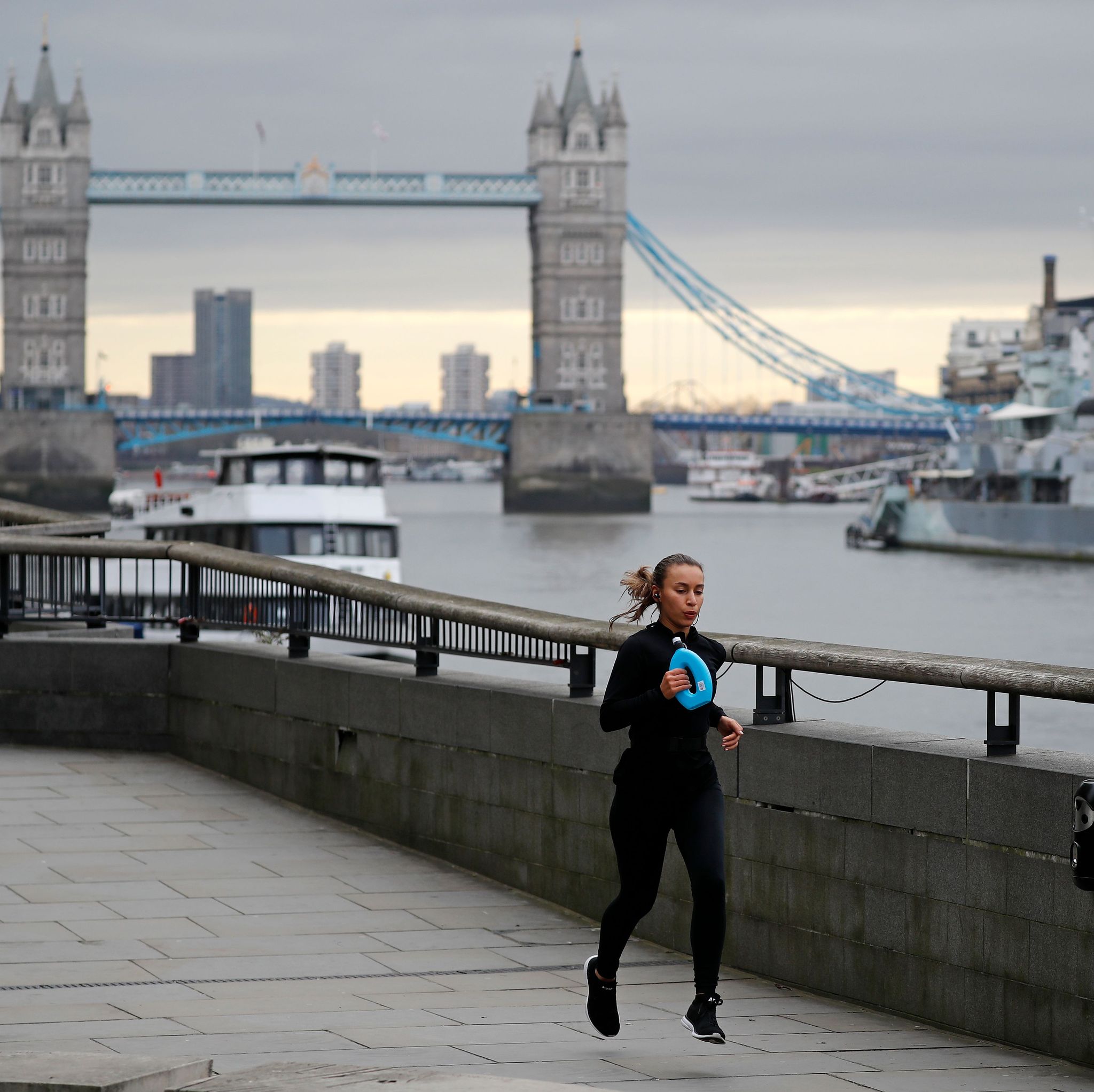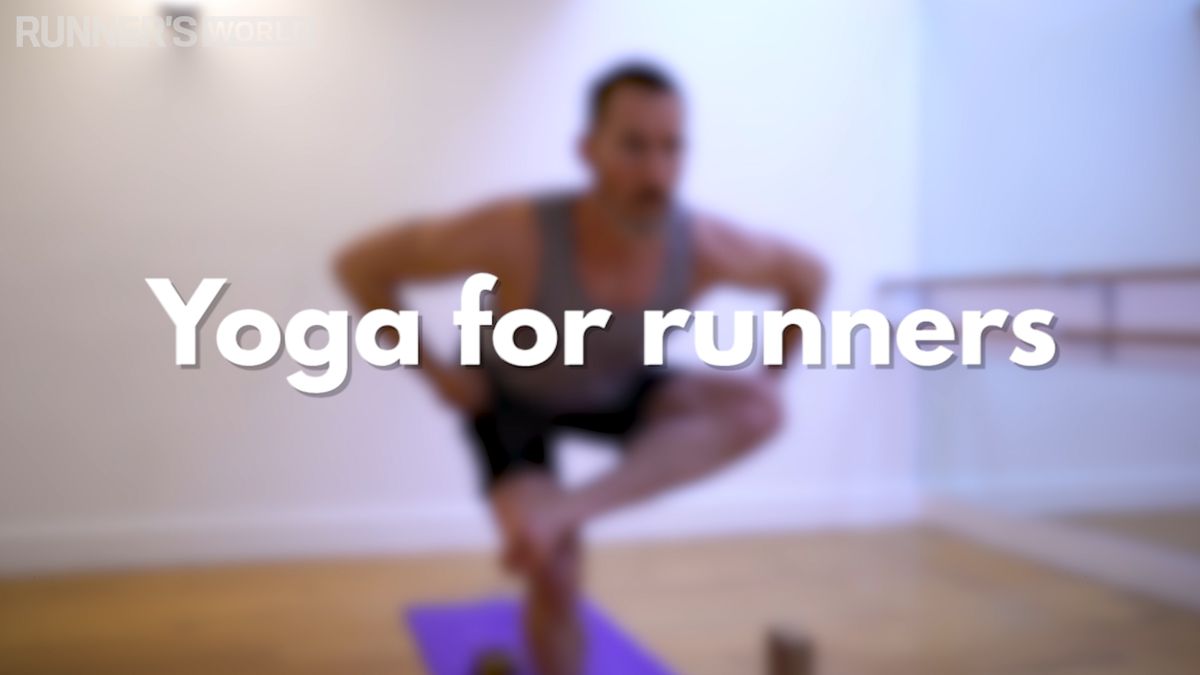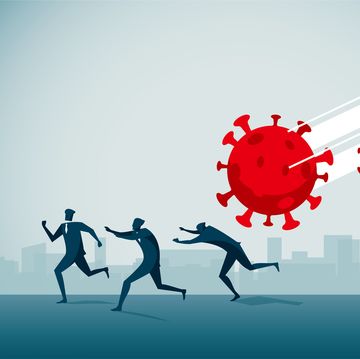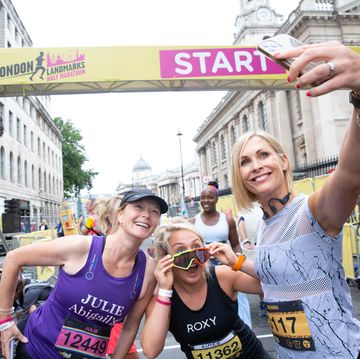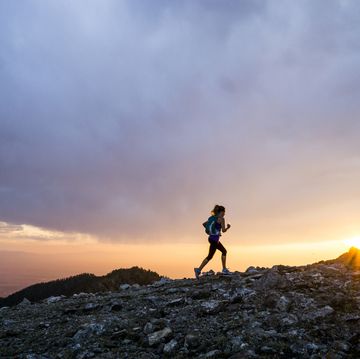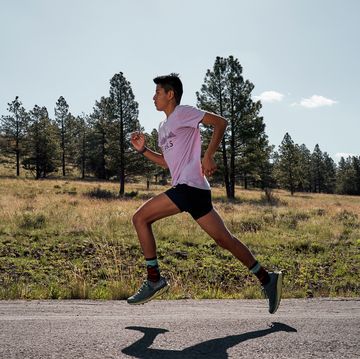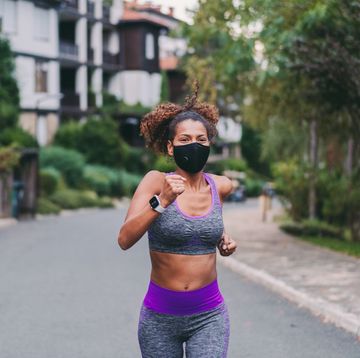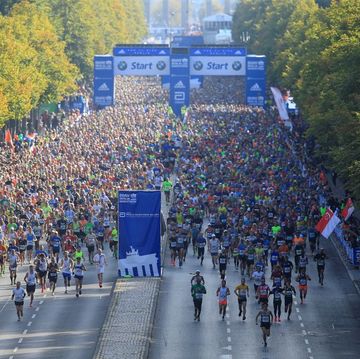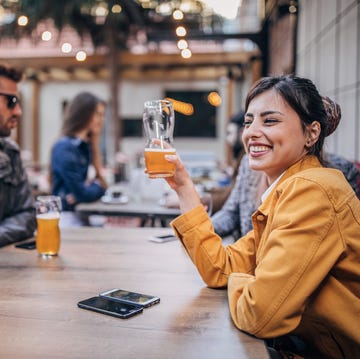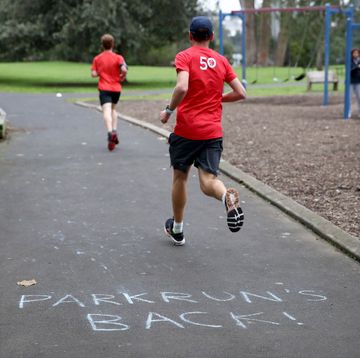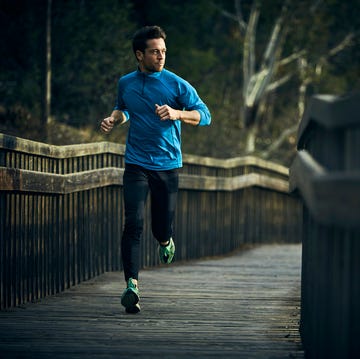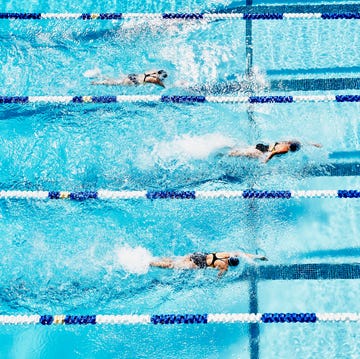- On Monday 22 February, UK Prime Minister, Boris Johnson unveiled his 'roadmap' out of the current coronavirus restrictions. The 'cautious' four-part plan to lift lockdown begins with the reopening of schools on 8 March.
- With the vaccination programme progressing well, Johnson hopes by 21 June all 'legal limits on social contact' will be removed, meaning a return to events like parkrun and races.
From Monday 29 March, as outlined on gov.uk, people in England must adhere to the following rules:
- You can meet outdoors in groups of six from any number of households, or in a group of any size from up to 2 households (a household can include an existing support bubble, if eligible).
- You can take part in formally organised outdoor sports with any number of people (outdoor sports venues and facilities will be able to reopen).
- You should still stay two metres apart from anyone who is not in your household or support bubble.
Can I still run with others?
From Monday 29 March, runners will be allowed to exercise with five other runners outdoors, under the 'rule of six'. People should still stay as local as possible. Outdoor sports facilities, such as golf courses, tennis courts and basketball courts will re-open.
If infection rates and hospital admissions continue to fall, from Monday 12 April gyms will be allowed to re-open and you will be able to stop in a pub garden for a post-run pint.
From Monday 17 May, adult indoor group sports and exercise classes can start up again and from Monday 21 June, hopefully, life will begin to feel much more normal. The government have said they will be running pilot events to help determine how large events can return safely.
Can I still run on the treadmill at my gym?
No, gyms are currently closed. Hopefully, they will be amongst the businesses that can re-open on Monday 12 April.
Are there rules on how many times or for how long I can exercise?
No, there are no longer rules on how many times per day you can exercise.
Can I still go outside for a run if I have symptoms of Covid-19 but feel OK?
The most common symptoms of Covid-19 are:
- a new continuous cough
- a high temperature
- a loss of, or change in, your normal sense of taste or smell (anosmia)
If you have any of the symptoms of Covid-19, you should stay at home and arrange to have a test. Do not go outdoors for exercise. If you live in the same household as someone who has received a positive test result, you must stay indoors and self-isolate for 14 days.
Am I likely to catch Covid-19 when running?
Scientists agree this is highly unlikely. Professor Chris Whitty, England’s chief medical officer, has previously said the risk of transmitting Covid-19 when out running is ‘extremely low’. Whitty said that fleeting contact outdoors, such as two runners passing each other, is ‘very low risk’.
‘It's the much longer contacts in close proximity that can still happen outdoors - if people, for example, are crowded together in a queue... if they're really huddled together around a market stall or something, that is a risk with this virus.
We spoke to Dr David Nieman, health professor at Appalachian State University, US, and director of the Human Performance Lab at the North Carolina Research Campus, about how runners can stay safe during the pandemic. Nieman said, ‘It’s safer to be outside than inside when it comes to disease transmission. When people congregate together and someone sneezes or coughs, droplets get onto objects that people touch and then people touch their face’.
When we’re outdoors, we’re much less likely to come into contact with infected surfaces. Tiny particles of the virus (called aerosols) are dispersed by fresh air and by staying two metres away from other people, you are less likely to come into contact with the virus. Breezes, air currents, rain and wind all dilute the possibility of the virus particles being passed from one person and landing on another.
Do I need to wear a mask when running?
The guidelines state, ‘If you can, wear a face covering in an enclosed space where social distancing isn’t possible and where you will come into contact with people you do not normally meet. This is most relevant for short periods indoors in crowded areas – for example, on public transport or in some shops.
'A face covering is not the same as the surgical masks or respirators used as part of personal protective equipment by healthcare and other workers; these supplies should continue to be reserved for those who need them to protect against risks in their workplace, such as health and care workers and those in industrial settings like those exposed to dust hazards.'
The government has published guides on making your own face mask here.
Like this article? Sign up to our newsletter to get more articles like this delivered straight to your inbox.
